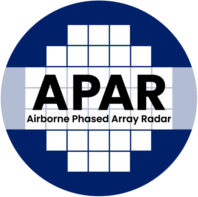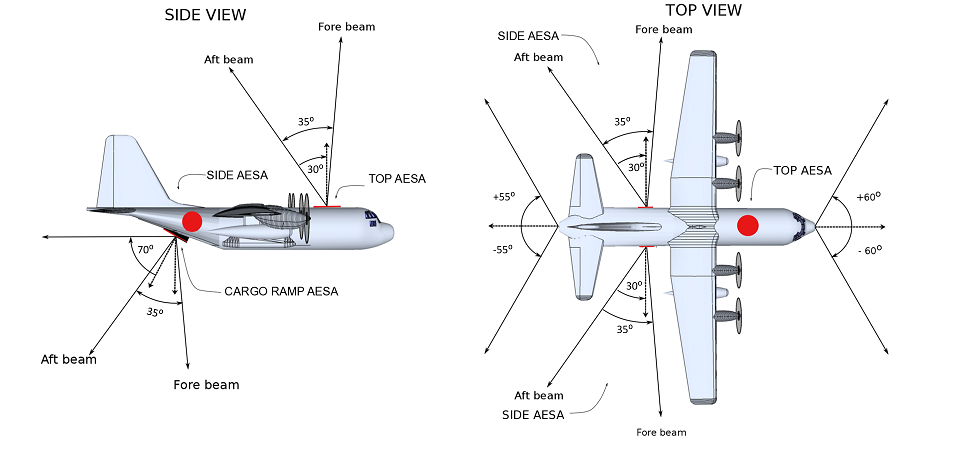Airborne Phased Array Radar (APAR)
NOTE: NSF suspended its support for the Airborne Phased Array Radar (APAR) in April 2025. NSF NCAR remains committed to APAR and is exploring all possible options to continue making progress on this essential instrument.
The Airborne Phased Array Radar (APAR) is an advanced atmospheric system which is currently being developed at NCAR. It will replace the expired X-band Electra Doppler radar (ELDORA). Preliminary design specifications suggest APAR will meet or exceed ELDORA's sensitivity, spatial resolution, and Doppler measurement accuracy. It will also acquire dual-polarization measurements.
APAR’s unique capabilities will allow for new scientific discoveries in the Earth Systems Sciences, especially for high-impact weather events. APAR will enable scientists to advance knowledge about the formation and evolution of societally disruptive weather events and their initiation and development. The remote sensing concept of the APAR aims to improve weather prediction and predictability, via assimilation of APAR data into numerical weather models, ultimately leading to improved weather alerts to the public.
APAR consists of four removable C-band Active Electronically Scanned Arrays (AESAs) mounted on the top, both sides, and the cargo ramp of the NSF/NCAR C-130 aircraft. Each AESA is approximately 1.8 m x 1.8 m in size and is consists of ~2,400 transmitting/receiving antenna elements. The dual-polarimetric capabilities of APAR, in addition to inherent beam agility associated with electronic steering, will provide more flexible scanning strategies and enhanced measurement capabilities.
The APAR system will be a significant addition to the existing NSF/NCAR C-130 instrumentation suite, providing new insights and context to weather observations from the aircraft. It will have the following features:
- Dual-Doppler capability and rapid scanning to observe the 3D kinematics of storm structures.
- Dual-polarimetric capability to observe storm microphysics and improve our understanding of in-cloud mixed-phase microphysical processes.
- C-band transmit frequency that can penetrate into heavy precipitation due to less attenuation than X-band airborne radars.
- The ability to form multiple, simultaneous beams using digital beamforming techniques that allows for fast scanning and interrogation of rapidly developing weather systems such as tornadoes.
- An airborne radar mounted on a long duration aircraft to allow sampling of weather in remote locations.
Specifications
The proposed APAR system consists of the radar front and back end subsystems. The radar front end has four AESAs mounted to the exterior of the aircraft. The radar back end resides inside the aircraft and contains the hardware and software required to control the AESAs and to process, display, and archive the data. The NSF/NCAR C-130 nose surveillance radar observations, combined with the APAR surveillance mode reflectivity, will provide enhanced situational awareness to contribute to safe aircraft operations during extreme weather. The 3D volume-scan will help guide real-time radar operations and provide the basis for improved analysis of the phenomena of interest.
| Parameter | Specification |
| Frequency | 5.35 to 5.45 GHz |
| Elements per AESA | ~2400 |
| Beamwidth | <2.2 deg |
| Beamforming | hybrid digital |
| Antenna gain | ~38 dB |
| Sensitivity | -11 dBZ at 10 km range |
| Peak transmit power | ~28 kW |
| Polarization | dual linear |
| Typical Boresight sampling volume | 150 x 395 x 380 m at 10 km range |
| Along track sampling | <=300 m at aircraft speed of 120 m/s |

